As twilight faded, all eyes watched the bat houses mounted on the side of the building. Slowly, the bats flew one by one from the bottom of the bat houses into the woods or swooped overhead searching for insects.
The night before, staff and volunteers at Kootenai National Wildlife Refuge counted nearly 1,100 bats emerging from the bat houses and eaves of the building. After a recent bat survey, biologists identified 11 of the 14 bat species that exist in Idaho at the Refuge.
The diversity of bats at the Refuge is most likely because of the variety of habitat in the Kootenai Valley, including different forest types, cliff faces, rock crevices and buildings. Each bat species seeks a specific type of habitat to roost and some roost in colonies while others roost individually. The maternity colonies of the little brown myotis can number up to 1,000 bats.
Over 20 million bats live in the Bracken Cave in Texas and eat over 250 tons of insects every night. Bats can eat about a third of their body weight each night. Pregnant and lactating females can eat up to their body weight every night.
To consume the equivalent of a bat, a 150-pound person would have to eat 96 Big Mac’s every day.
The majority of bats in Idaho eat insects but other bat species eat fruit, nectar, meat, fish and blood.
With insect populations beginning to decline in the fall, bats either hibernate or migrate for the winter. Two bat species found in Boundary County migrate south: the silver-haired bat and the hoary bat. The remaining bats in Boundary County hibernate in hibernacula, either individually or in colonies. Disturbances can greatly decrease the chance of survival for the bats as they utilize precious energy bringing their body up to functional temperatures.
The migratory hoary bat is the largest bat in Idaho and in Boundary County at a weight of 11.5 pennies. The smallest bat at the Refuge is the western small-footed myotis at a weight of 1.75 pennies. The largest bat species in the world is the large flying fox (Pteropus vampyrus), which has a wingspan of 78 inches.
Bats are unique for their size. They are the slowest reproducing mammal on Earth for their size (think of how many young a mouse produces each year) and they have the longest life span for their size (average of 15 to 20 years). Bats don’t typically reproduce until their second or third year and usually produce one offspring each year.
The pups are extremely small when they are born but have strong legs and claws because they have to hang in the roost while the mother bat is gone.
Bats that have fallen from their roost (once capable of flight) can sometimes fly from their position on the ground. Other species cannot take off from the ground and will crawl over to a tree or something they can climb in order to gain altitude to take off. If a pup falls from a roost and isn’t capable of flight, nature takes its course.
Bats are the only mammal capable of true flight. Two thin layers of skin stretch over finger bones to create the wings. The feeling of the skin is likened to the skin on human eyelids.
Being a nocturnal creature, the best time to see these unique mammals is when they take to the dimming sky at twilight to feed on insects.

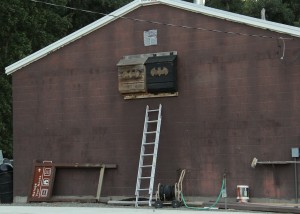
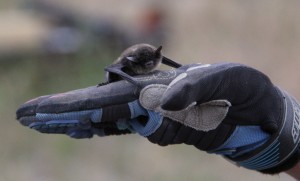
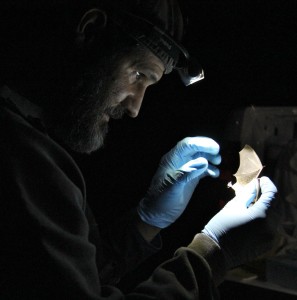
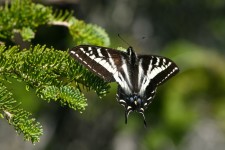
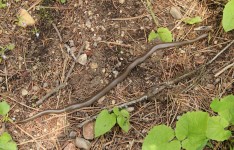
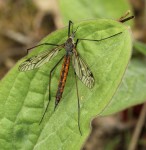

This is such a great resource that you are providing and you give it away for free. I love seeing blog that understand the value of providing a quality resource for free
Thanks for sharing your information…It’s very useful for many users…
Maternity in RRnagar | Laparoscopic Treatment in Bangalore | Gynaecology Hospitals in Bangalore